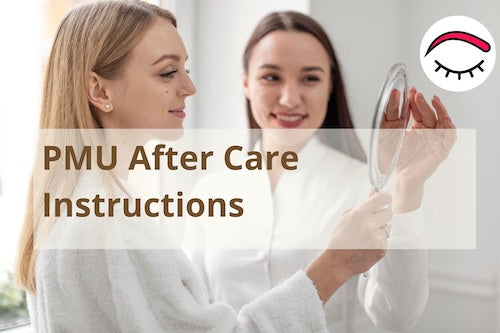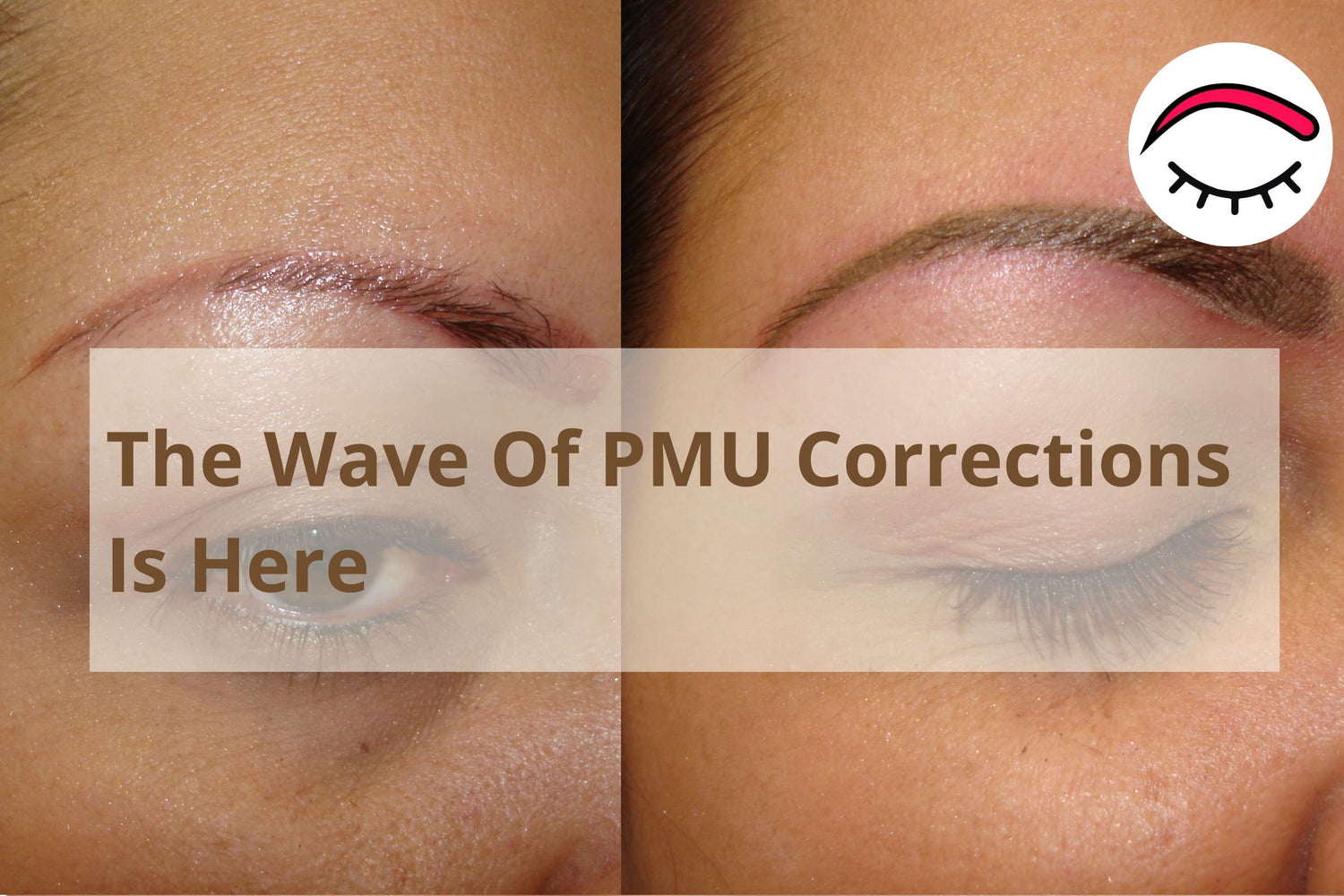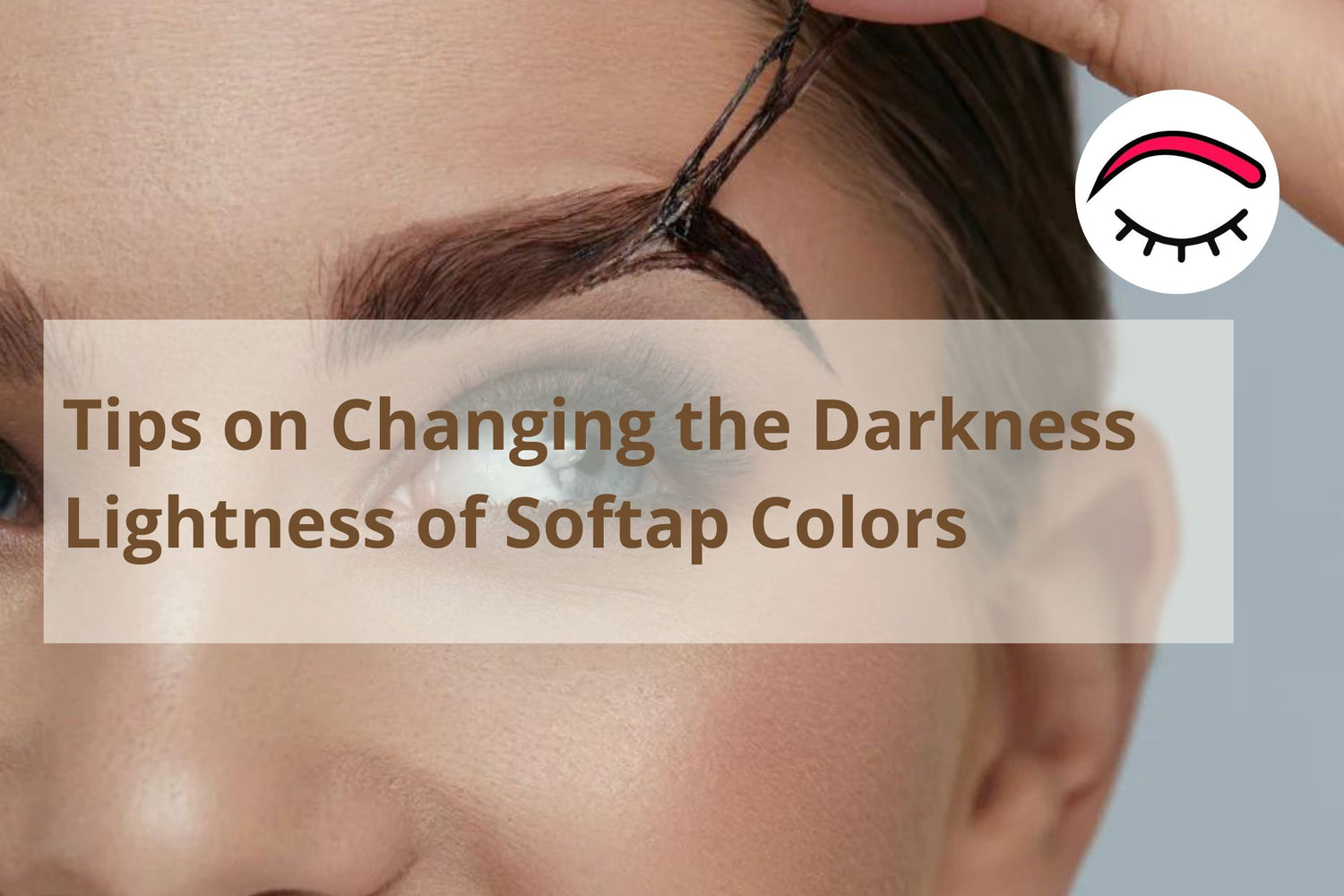
4 Tips to Prevent a Complication from Becoming a Problem
Dr. Cardona 2 commentsThis week I chose to write on this topic after I received an interesting case to evaluate. It made me realize that tips to keep a complication in a permanent makeup or microblading procedure from becoming a larger problem would be valuable to share.
The permanent makeup procedure involves many factors that are important for you to know how to handle. One of the most important elements is the client, since personal feelings, perceptions and emotions drive their assessment of the final result.
Remember that you are working on the skin, a living tissue which interacts with each of the elements involved in the procedure and this is something that your client must also understand.
- Infection of the treated area
- Chemical or bacterial conjunctivitis
- Herpes labialis
- Trauma, bleeding, bruises, and inflammation
- Pigment migration
- Mishandling of products which are intended remove pigment
- Allergic reactions
- Healing problems
- Dissatisfaction with shape or color
- Poor retention or lack of pigment implantation
Most complications that arise can be resolved right away. However, it is important to be careful with resolutions that can lead to the need for a more drastic correction, or worse, a permanent negative result.
How to prevent these from becoming a problem:
1. Clearly communicate with your client before and after the procedure.
Always do a thorough consultation and during the conversation ensure that you are empathetic and mindful of your clients’ needs, goals and understanding of the entire procedure. This will help you if any complication occurs.
Before:
- Clearly detail the risks and complications that may arise when performing this type of procedure.
- Emphasize that you are obligated to ensure this information is clearly understood so they can make an informed decision to authorize you to perform the procedure.
- Explain carefully what to expect after the procedure.
- Make sure your client signs all forms of procedure authorization.
- Read out, and provide instructions on post-procedure care.
After:
DO NOT wait for your clients to call you with a complication. I suggest you always call your clients both one day and one week post-treatment:
- Spend the first half hour of your working day talking to your former clients. If you are busy, ask your assistant to do it for you.
- If they have questions, this is the time they can be easily answered.
- As an added bonus, your client will feel honored you took this extra time to be detailed and helpful.
- If any complication arises you will know it and will be able to handle it immediately.
2. Prevent the complication from occurring
Most complications can be prevented.
- You should evaluate and predict any complications that may be evident: You will realize this during the consultation while doing the physical analysis of your client, as well on careful review of the consent forms. At this time you can find out if your client has any condition that warns you of any risk.
- Take all preventive measures to avoid any type of infection: Use the necessary biosecurity measures such as thoroughly cleaning the area to be treated, irrigating the conjunctiva of the eye with natural tears after an eyelid procedure, insisting on medical treatment in advance of a lip treatment if your client is prone to cold sores, etc.
- If your client has inflammation during the procedure, be sure to perform good lymphatic drainage, recommend application of indirect cold to the area, and direct them to do massage at home for the following three days. If necessary, suggest their usual anti-inflammatory medication.
- If you are not trained to perform pigment removal, camouflage or corrections, do not experiment with your clients. Make the effort to learn to be sure you will get a good result.
- Ask your supplier for proof that their pigments have been evaluated for any potential allergens: In this way, you will be confident of the quality of the product you use. Additionally, offer your clients a patch skin test. Your client must make the decision of whether or not to waive this offer, and sign off on it.
- Take your time to create the most flattering design and choose the color correctly. In addition, select and apply the most suitable technique based on the characteristics of your client. Perform procedures smoothly and methodically to avoid causing unnecessary trauma.
3. Manage the complication properly and on time

To the extent that you quickly address a concern or complication, your client will understand that you are committed to their care and will be remain calm.
Give a priority appointment to attend to their case and follow it daily for as long as the situation warrants it. In such situations, if you do not call or answer your calls, or meet with them in time, the slightest complication will become a problem.
Train yourself or get trained to correct any mistake you make. In this way you can immediately solve any problem related to technique or color.
4. Take good before & after pictures
A good photograph can save you from a lawsuit. I always recommend that you do not do any procedure if you have not taken a before treatment photo. Remember to ensure all pictures look clear and are standardized.
Sometimes claims come from situations that were present before the procedure.
Clients may blame things on their treatment when really, because they are paying much more attention to the treated area, they are noticing them for the first time.

Such claims include, but are certainly not limited to, the following:
- One eyebrow ended up higher than the other, when they had always been this way
- Eyelid spots, generated by the sun and were present pre-treatment;
- Small vessels in the conjunctiva that become inflamed which are actually varicose veins.
- In the reverse, some clients claim to notice no difference, when in reality the change is quite dramatic.
In the reverse, some clients claim to notice no difference, when in reality the change is quite dramatic.
Remember some people perceive color slightly differently, so the photographs must show the actual result.
Complications in permanent makeup, regardless of the products and technique used, are part of the practice. When they are handled correctly and with confidence, they will make your practice more successful.
I hope that these recommendations will help you minimize the risk of complications and, when they present themselves, you are able manage them in the most appropriate way.





2 comments
Great advice, thank you.
Its amazing how easily we forget some of the most important issues, reading information like this from a professional medical person is a great reminder to look at all aspects of the work before starting.
Very informative article, it help me to be prevented in any circumstance that can come in the procedure.
Thank you very much Dr. Carmona.
Also, I will like to see if you offer correct mistake classes???